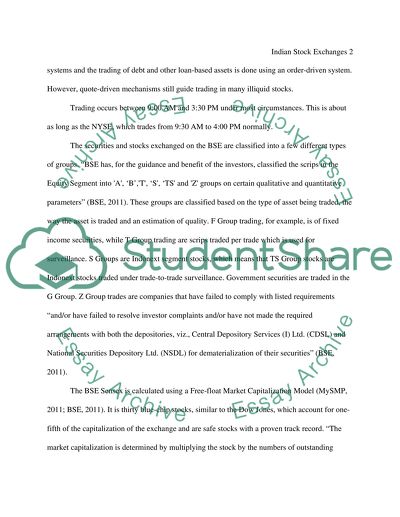Cite this document
(“Indian Stock Exchanges Research Paper Example | Topics and Well Written Essays - 2250 words”, n.d.)
Retrieved from https://studentshare.org/finance-accounting/1408372-financial-markets-institutions
Retrieved from https://studentshare.org/finance-accounting/1408372-financial-markets-institutions
(Indian Stock Exchanges Research Paper Example | Topics and Well Written Essays - 2250 Words)
https://studentshare.org/finance-accounting/1408372-financial-markets-institutions.
https://studentshare.org/finance-accounting/1408372-financial-markets-institutions.
“Indian Stock Exchanges Research Paper Example | Topics and Well Written Essays - 2250 Words”, n.d. https://studentshare.org/finance-accounting/1408372-financial-markets-institutions.


